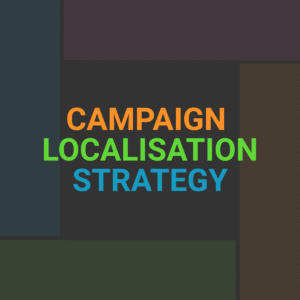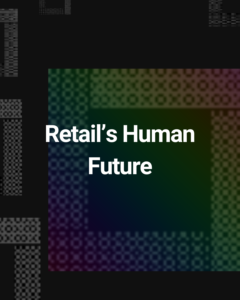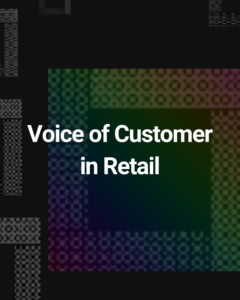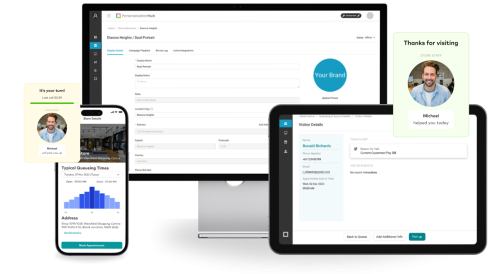Personalisation can not operate in a silo. Every experience needs to be considered based on the level of data that you have on a visitor + the probability that it’s actually them!
Campaign Localisation:
Your localisation strategy needs to be coordinated alongside your personalisation effort. Personalisation & localisation should both be managed within the same team.
Retail Media Networks (RMN):
The below personalised experience hierarchy also holds true for retail-media. As the level of audience data improves, targeting granularity improves, you move up the hierarchy.
Your RMN’s 1st party targeting data, should be aligned with your personalisation profile. As a subset of your personalisation attributes will (eventually) be made available to 3rd party advertisers (or via data sharing partnerships).
Eventually RMN teams will start to compete for real-estate against the personalisation team (battle between showing own vs advertiser’s campaign). At this point, organisations should be sophisticated enough to be able to make this determination in real-time (based on estimated business value at that specific moment in time).
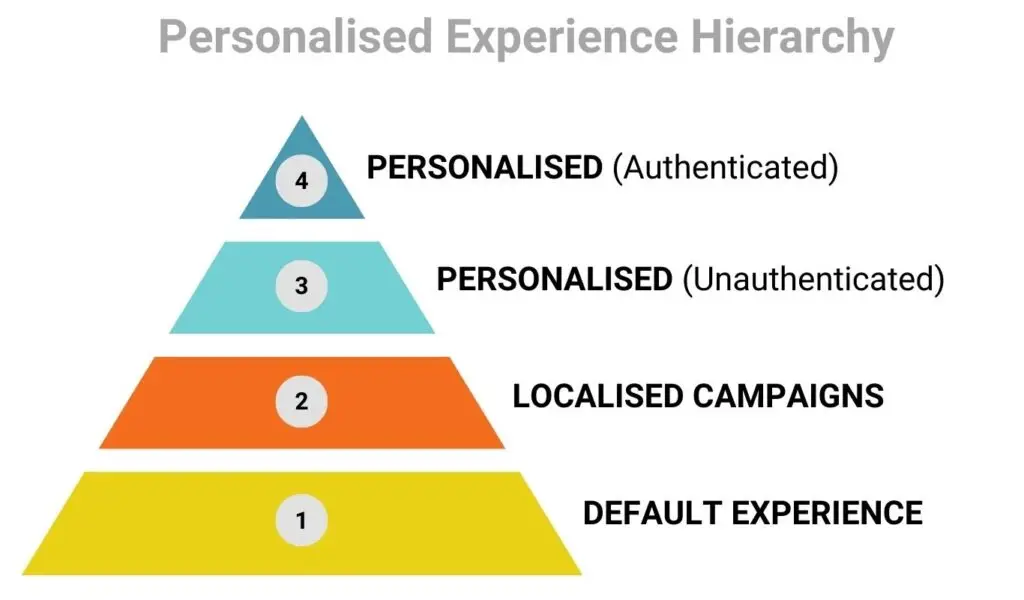
(1) Bottom Level > Default Experience
This is the experience that gets served to everyone. Where you have no data on a visitor (OR) Where you experience latency issues, this would be the experience that is presented first (to avoid page flicker) –> Default then gets swapped out by personalised variant(s) within the carousel.
(2) Second Level > Localised Campaigns
When you are able to determine a user’s location. The default experience would be replaced by a localised campaign.
Localisation can take several forms, it could simply be updating campaign headers/copy (e.g. “Other customers in Bondi Junction…” (OR) Alternatively could be based on advanced geo-targeting rules (census, demographics, etc).
(3) Third Level > Personalised Campaigns (Unauthenticated)
Personalisation to unauthenticated visitors is where organisations can drive the most value. Especially for brands looking at increasing market share (as this is the bucket that their competitors’ customers fall into).
Also, as 3rd party cookies fade away, remarketing effectiveness will fade along with it. It is therefore critical to ensure that you have a solid (1st Party) digital identity strategy that allows you to track these visitors’ interactions (ideally across their various devices/browsers).
(4) Top Level > Personalised Campaigns (Authenticated)
Most common level supported today. Customers are logged in & it is therefore easier to aggregate & utilise all insights in order to personalise their logged in experience.
The key focus here should be ensuring that for every new login, devices/browsers are constantly added to these customer’s device graph. This supports more refined 1st party audiences & you can better understand & target these visitors within level 3 (unauthenticated state).


